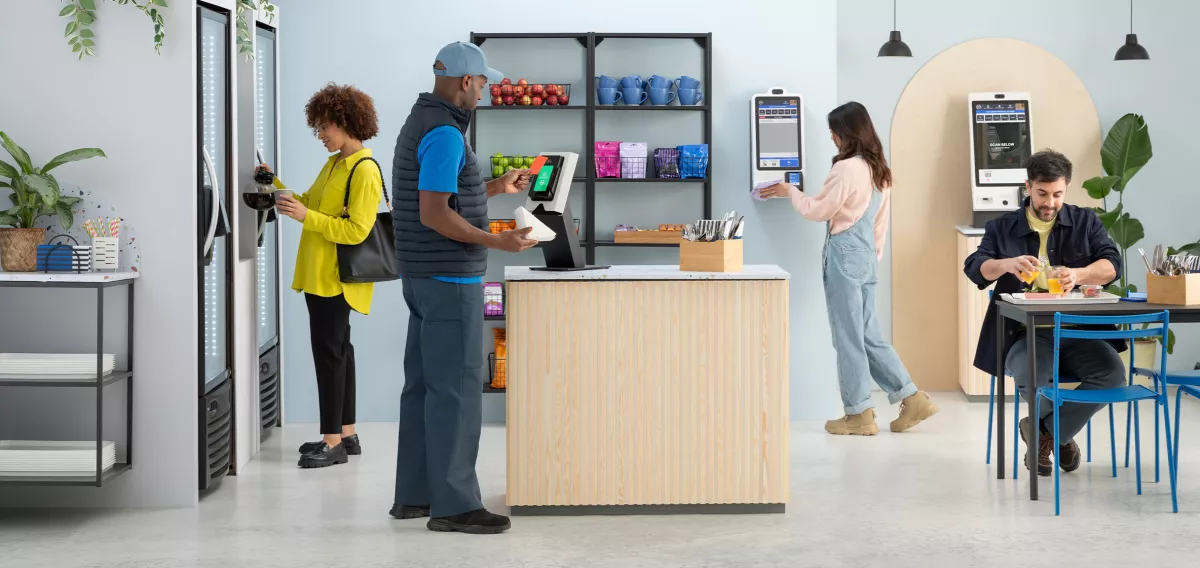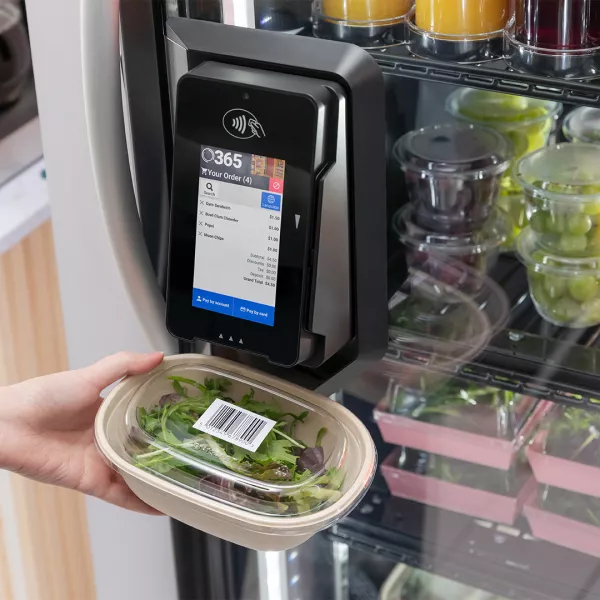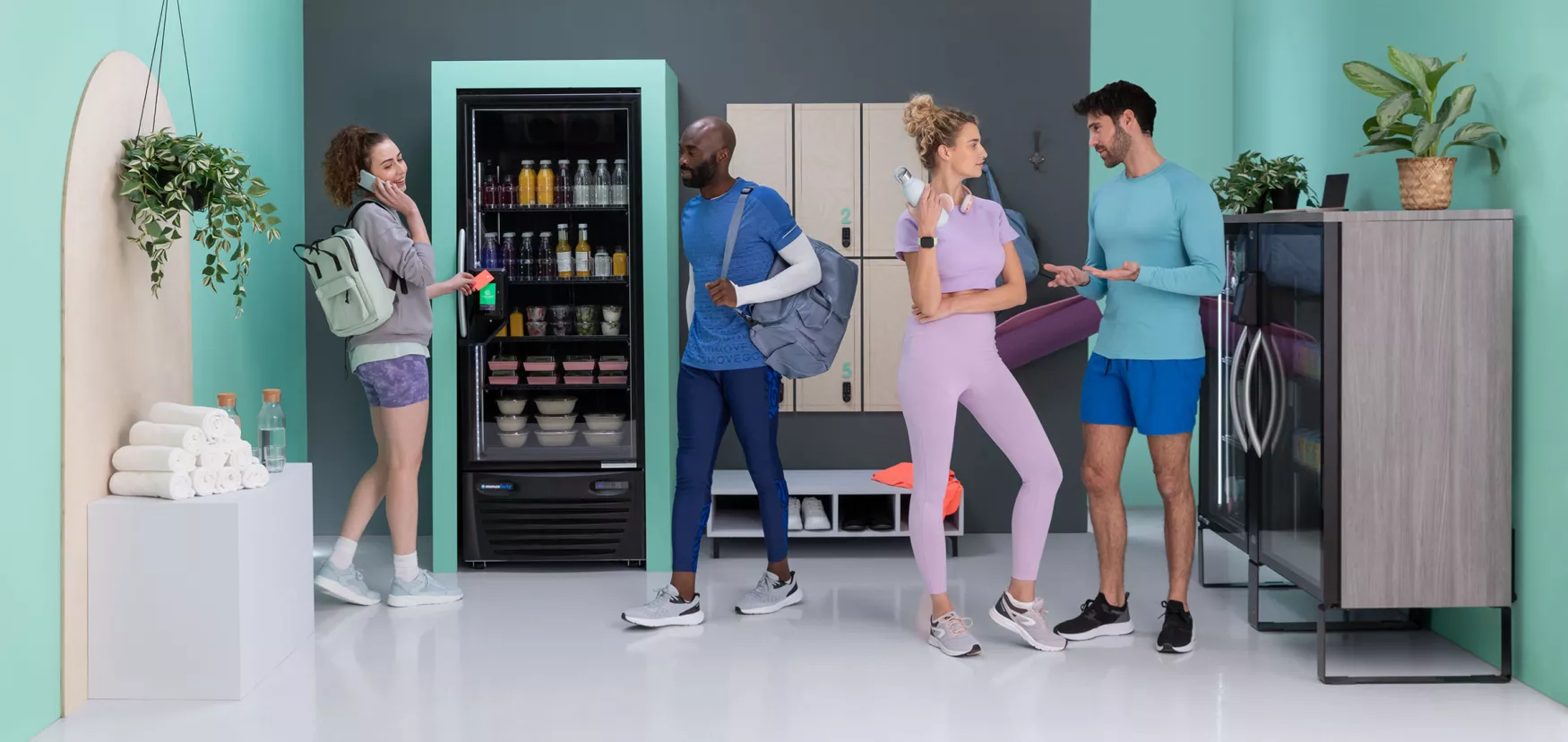
Make the most of every sale with user-centric experiences.
Our conveniently smart micro markets maximize your sales potential by putting your customers’ needs at the center of every transaction. Increase basket sizes by offering users greater product choice and healthier dining options – without the labor costs of a traditional food or retail service.
Manage your market operations with a suite of tools that utilize data to learn user preferences and turn one-time transactions into loyal customers. Then make the most of every sale by offering custom recommendations and promotions, so you’ll never miss an opportunity to increase customer satisfaction, or sales revenue.
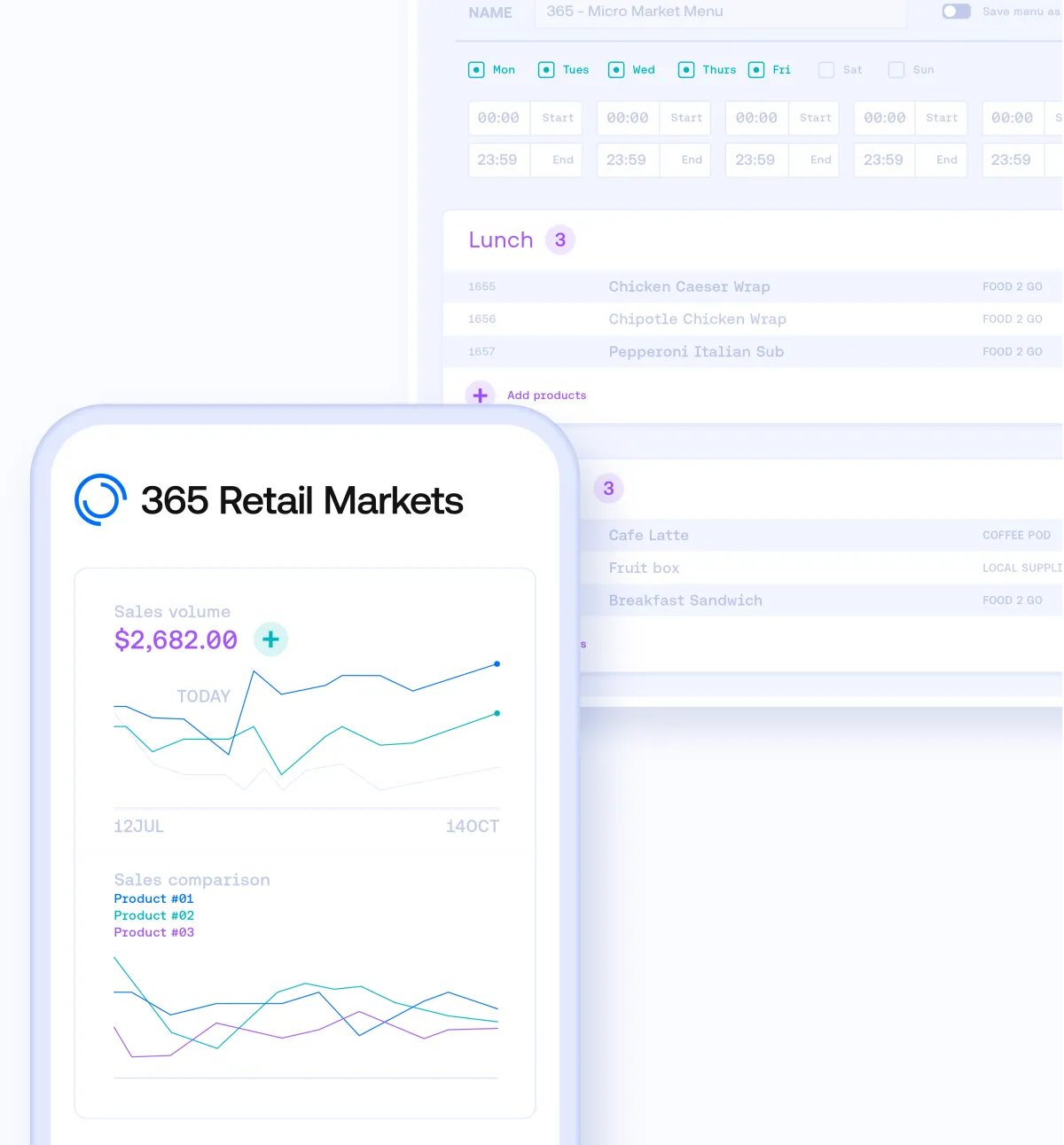


Keep spirits high. And productivity higher.
Bring simplicity and convenience to your workplace with 365 micro markets. Reduce queues and help employees breeze through retail areas into social spaces where camaraderie and collaboration can flourish. Fuel productivity with a broad range of nutritious fresh foods that cater to diverse dietary and lifestyle requirements – so your team are more likely to make nutritious choices, and less inclined to go off-site for snacks and lengthy breaks.
Our customizable solutions make it easy to transform your organization; creating a happier, more attractive working environment that boosts performance and delivers on your workplace strategy.
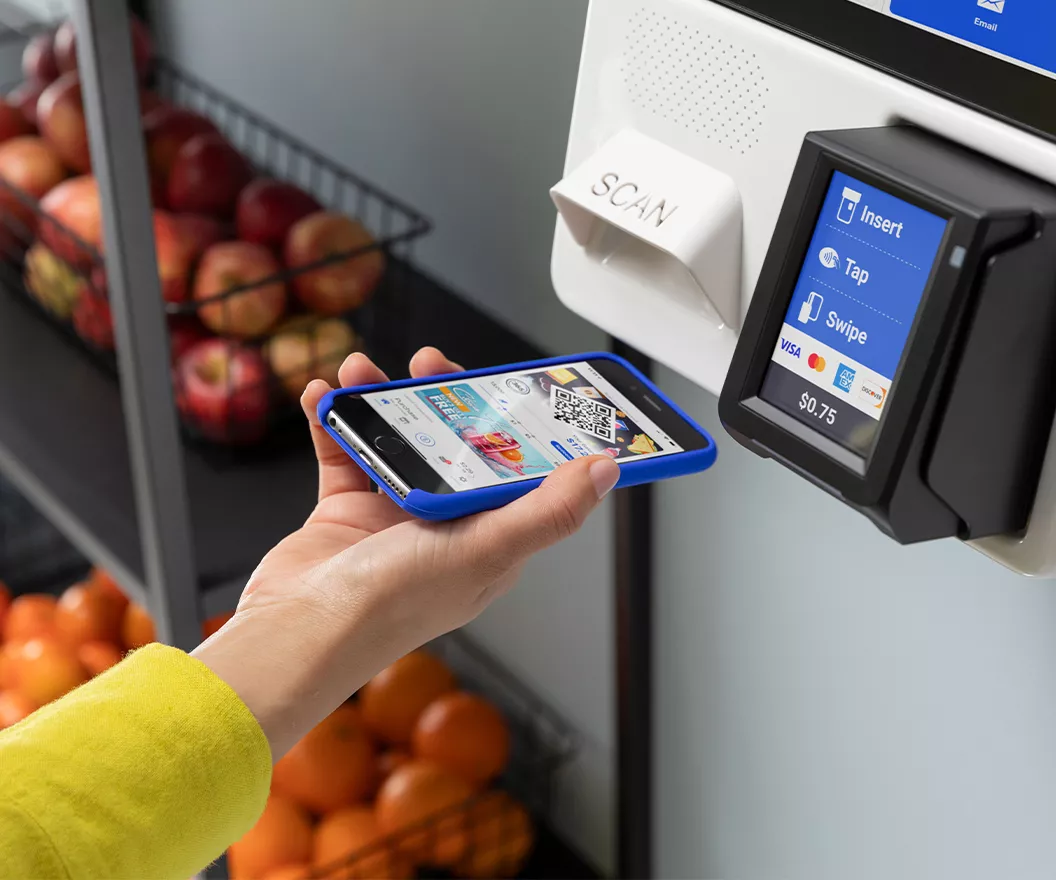
Unlock your workspace’s full potential – no matter its size.
The modular nature of micro markets helps you enhance the functionality of your working environment with ease. Configure versatile self-service experiences to meet the needs of your team whether they’re in sprawling social spaces, high-traffic walkways or secluded study spots.
Evolve your workspace in sync with your business; transforming overlooked areas to a more comfortable and aesthetically welcoming work environment.
Even in small spaces, a 365 micro market makes a big impact on the overall satisfaction – and productivity – of everyone who interacts with your workspace.

Reach more customers. Create more revenue.
365’s scalable platform makes it easy to turn your customers’ workspace into a revenue generating micro market. Tailor a combination of cutting-edge hardware, software and support to meet the needs of small setups and larger organizations alike.
Seamlessly integrate with existing 3rd party platforms to offer a user experience that reaches consumers wherever they are; unlocking new revenue streams from industries and verticals that were previously unattainable to your business.
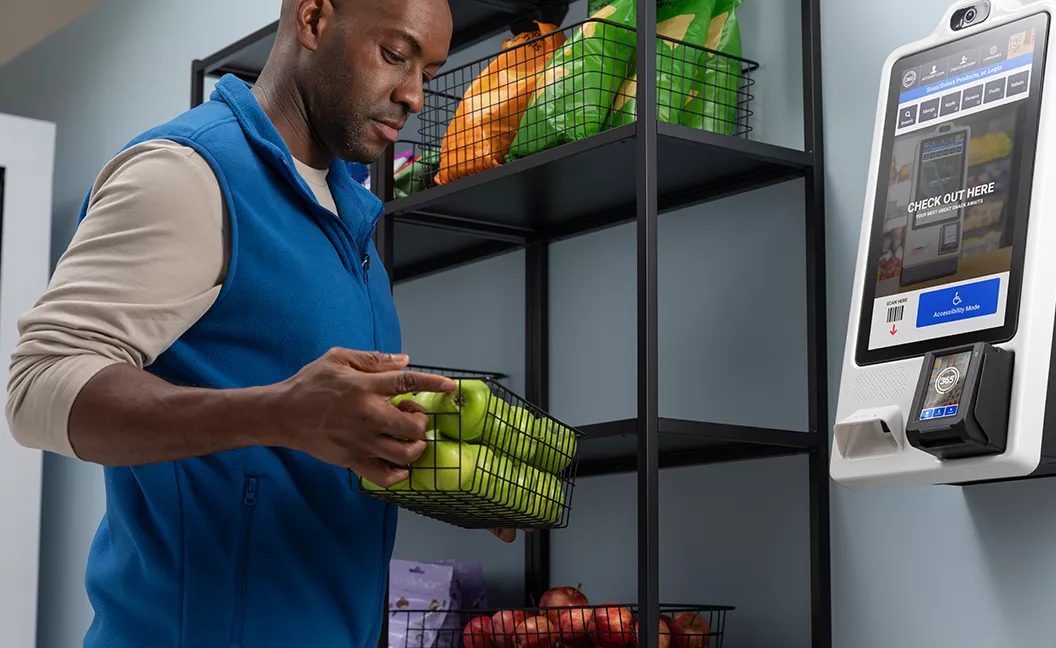
Set up your Micro Market with 365 POS.
-
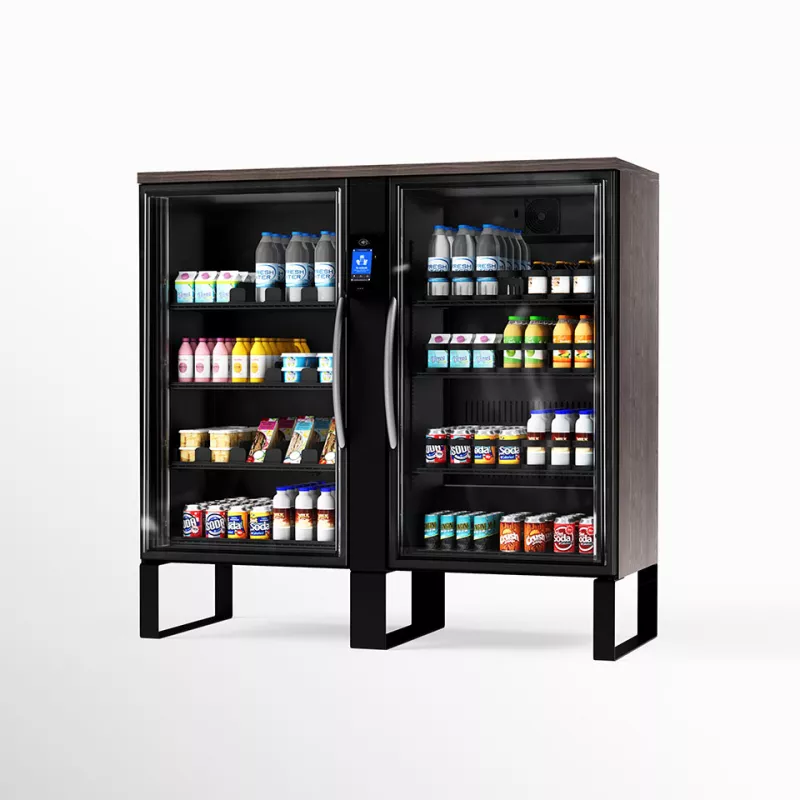
Stockwell
-
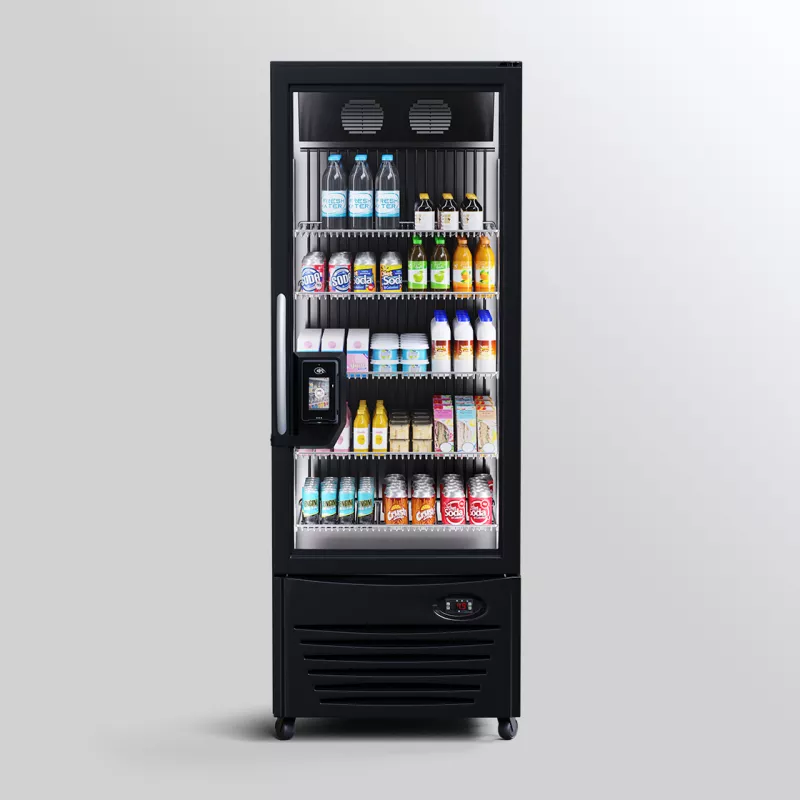
PicoCooler Vision
-
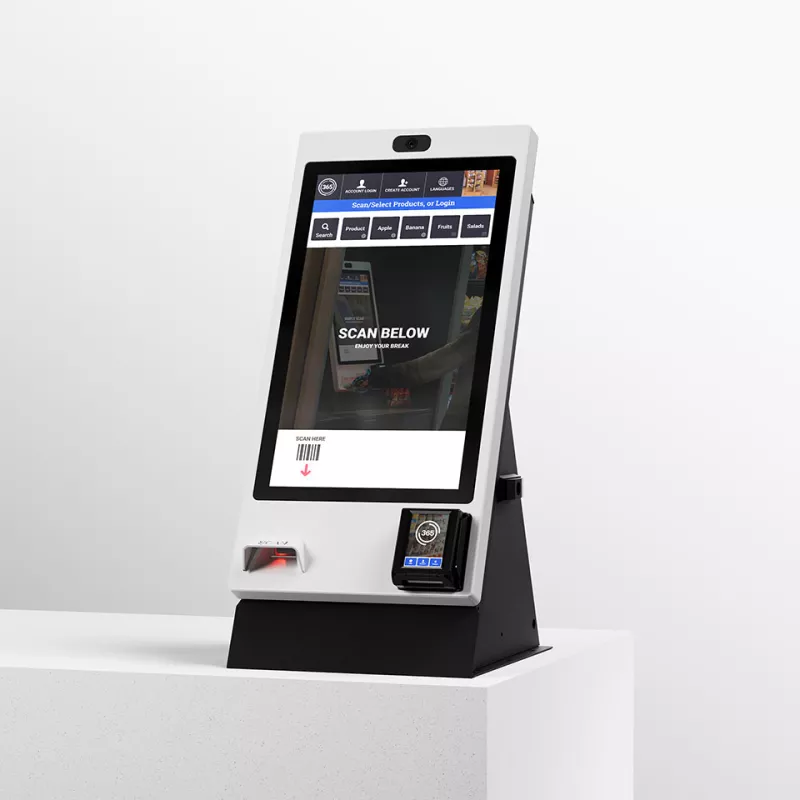
MM6 Kiosk
-
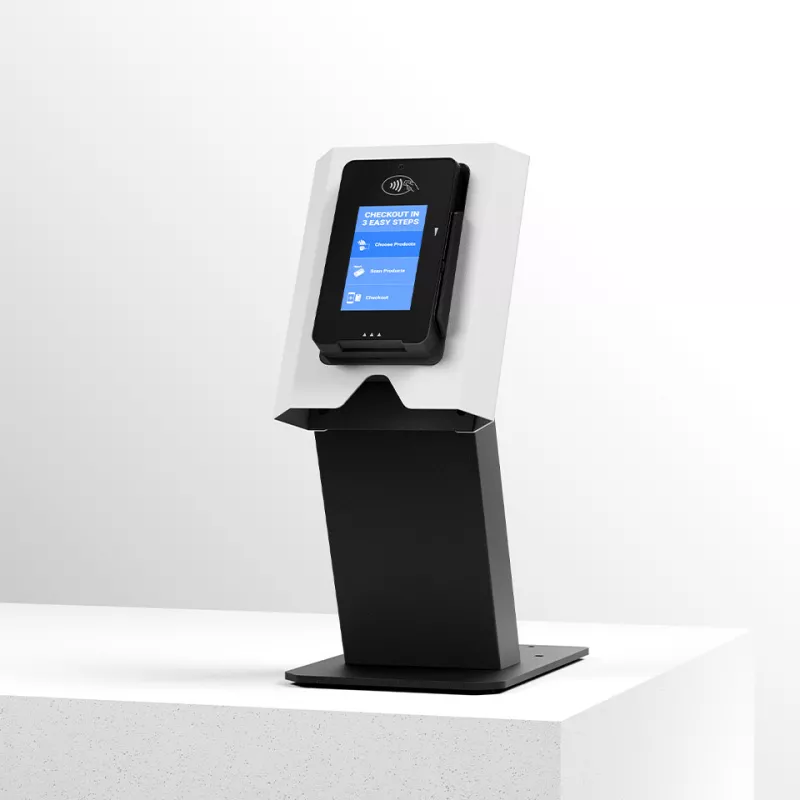
PicoMarket
-
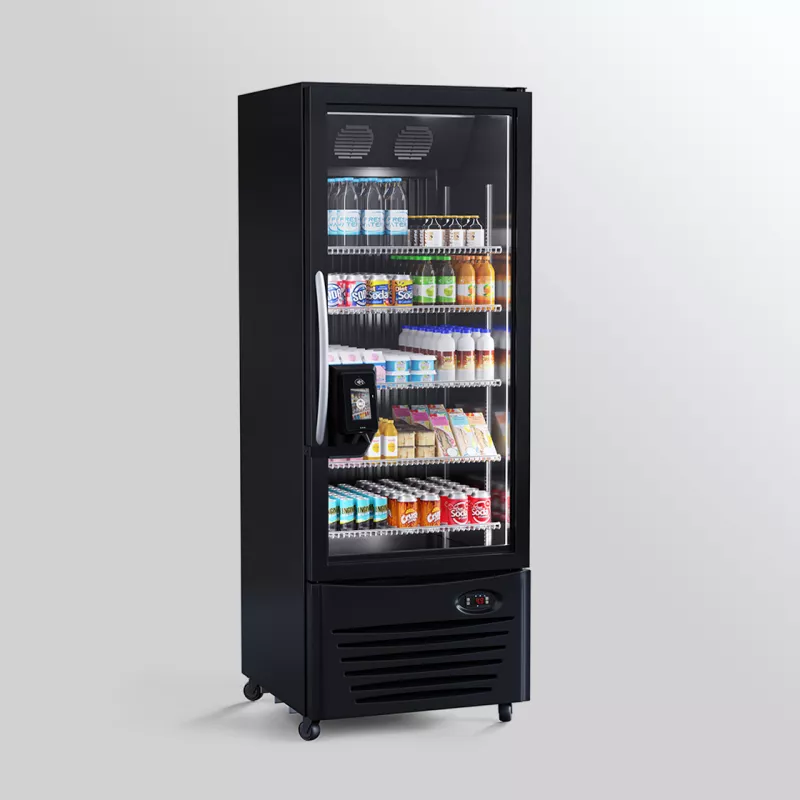
PicoCooler Breeze

